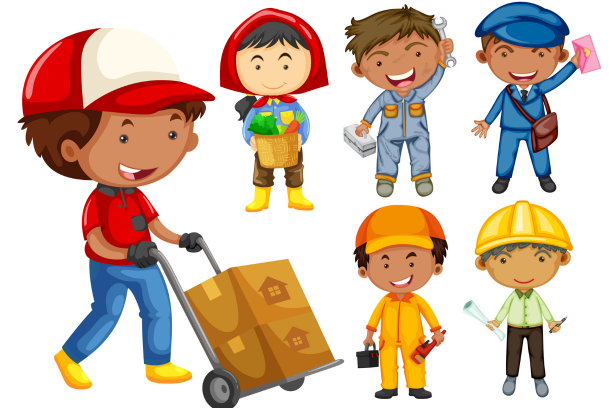Child labour laws and child rights initiatives play a pivotal role in shaping a world where every child can enjoy their right to a childhood, education, and a safe environment. While progress has been made in many parts of the world, challenges persist, requiring ongoing efforts to address the root causes of child labour, enforce legislation, and promote education and awareness.
It is the collective responsibility of governments, businesses, civil society, and individuals to work towards a future where no child is subjected to the harsh realities of exploitative labour. By upholding the principles outlined in international conventions, enacting and enforcing strong national laws, and fostering a global commitment to ethical practices, we can create a world where children are free to dream, learn, and grow, unburdened by the chains of child labour.
